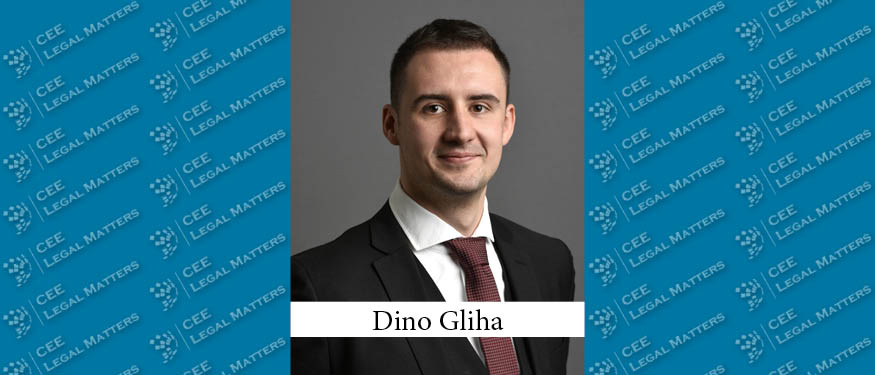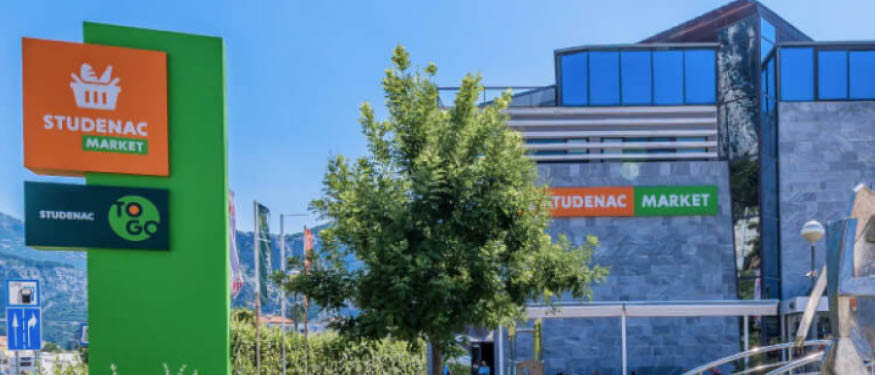In contrast to the previous financial crisis, when many construction companies in Slovenia declared bankruptcy, the current pandemic crisis has not affected the infrastructure sector to the same extent as other sectors. In fact, public infrastructure projects in Slovenia are currently on the rise. The focus of the current investment cycle is on the rail and road infrastructure for international and domestic use.
Although there are many ongoing projects, they are not implemented through public-private partnerships but through public procurements or concessions, both being time-consuming procedures under mandatory Slovenian laws. Even though there are some, public-private partnerships (PPP) do not play any significant role in Slovenia.
Major Infrastructure Projects
Major projects currently in the construction phase include the second railway line between Koper and Sezana, the third development axis (road), and the second pipe of the Karavanke tunnel, which play an important role in the Trans-European Transport Network.
The second track is a 27.1-kilometer railway line between Divaca and Koper, managed by the state-owned company 2TDK and financed by the state, bank loans, and EU grants. The project is of international importance as it connects the main Slovenian port of Koper with the interior. The port of Koper plays an important regional role as it covers an area from Bavaria to Slovakia and Hungary. The project foresees first upgrading the existing line and then building an additional line.
The Karavanke Tunnel’s second pipe project, which is being built in parallel to the existing tunnel, will improve on an already successful previous project. The first Karavanke Tunnel, almost eight kilometers long, was a major investment that facilitated the connection and improved road transport between Austria and Slovenia by linking two major motorways. The projects are co-funded by the EU as part of a wider European transport network.
The third development axis will improve internal links and facilitate connectivity between neighboring countries. The northern route will link Austrian Carinthia with the interior of Slovenia, while the southern route will continue from the interior to the Croatian border. The route is divided into several sections which are put out to tender individually. The overall project value at constant prices is estimated at EUR 1.3 billion, of which EUR 937.62 million are allocated for the northern part and EUR 406.54 million for the southern part. The first section awarded in the north had a value of EUR 45.86 million, while the other sections have not been tendered yet.
Other projects in the pipeline, such as upgrading the existing Maribor-Sentilj-state border railway line and the railway line connecting the capital with the Austrian border, are mainly improving the internal movement of people, but also the connection and cooperation with neighboring countries.
In addition to the above-mentioned projects, several other projects are planned, such as the construction of a new railway and bus station in Ljubljana, the capital of Slovenia, which was rumored to be a PPP project, whereas for the time being Hungarian companies seem to be most active on this project.
Legislation
Due to the deficient legal basis and the lack of political will to make necessary legislative changes, the absolute majority of all economic cooperation between the public and the private sector is carried out either through public tenders or by means of concessions.
In Europe, public-private partnerships are quite common, and their key advantages and disadvantages are well known. In Slovenia, more than 20 years have passed since the first PPP projects were realized, but since then there has been no significant progress like in other EU countries.
The first specific PPP law was adopted in 2006 but, in practice, the law never had a real practical relevance as it has several shortcomings. Among other critical voices, the Court of Auditors in Slovenia cited the lack of adequate organizational support and lack of adequate implementation support for PPP operators from the competent state authorities, along with various other problems.
With elections to the National Assembly due in April, it remains to be seen whether the new government will take a different approach toward public-private partnerships.
By Maja Subic and Ales Lunder, Partners, Senica & Partners
This Article was originally published in Issue 9.4 of the CEE Legal Matters Magazine. If you would like to receive a hard copy of the magazine, you can subscribe here.

















